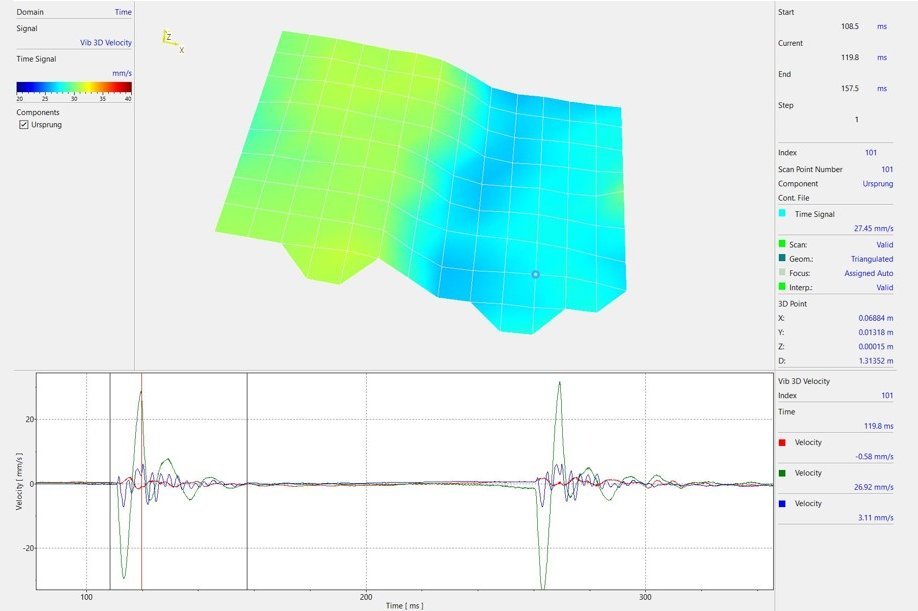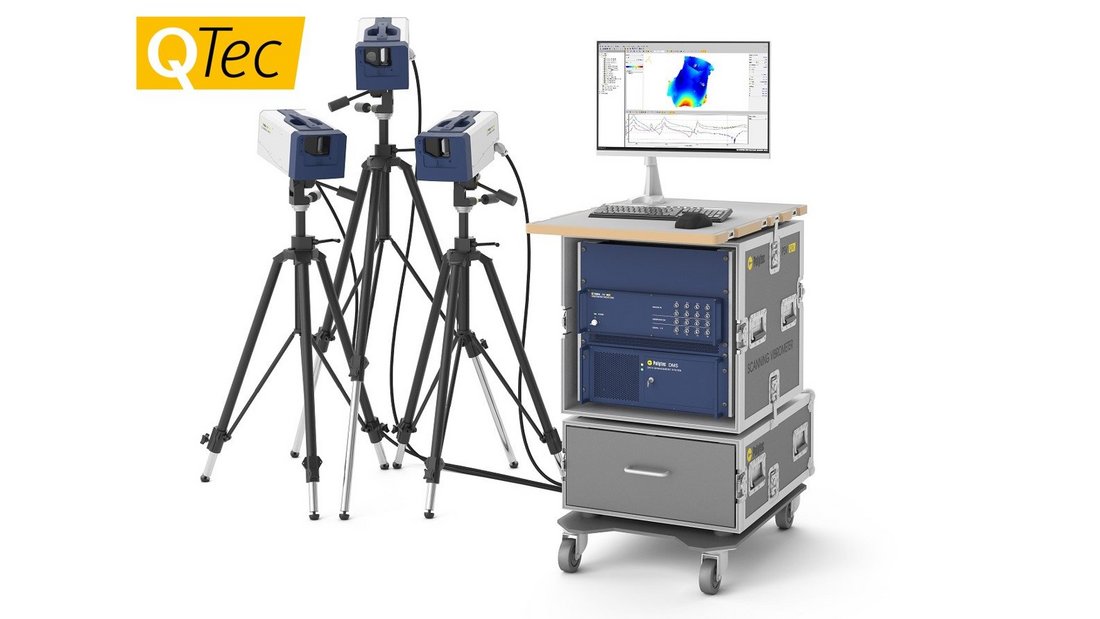Haptics, haptic feedback and display development & testing
With the success of smartphones, touchscreen technology using haptic feedback has become mainstream. Innovative user interface concepts go a step further and use haptic or vibrotactile feedback in order to give touchscreens a unique feel and user experience. Haptic feedback can make operation significantly easier and more intuitive, for instance, by letting the user know through haptic feedback which virtual button is under their finger or whether it was successfully activated. Laser vibrometers provide non-contact haptics testing solutions for the continuing research, development and quality control of haptic feedback, haptic displays and other haptic devices based on vibration, ultrasound or surface waves.
Polytec Magazine
Feeling the invisible
Laser vibrometry visualizing haptic feedback
Laser vibrometry sheds light on secrets of haptic holography
How shear shock waves influence perception
Testing haptic displays for tough automotive conditions
Laser vibrometer based acoustic performance evaluation from -40° to 85°C
Mid-air-sound-field visualization or measurement service needed?

Laser vibrometers as haptics testing solution
Both 1D and 3D motion data gathered in a non-intrusive way using laser vibrometers precisely describe the in-plane and out-of-plane vector components enabling a full characterization and visualization of the haptic signature at R&D stage. In production testing, laser vibrometers from Polytec help assure the desired haptic feel reliably and with laser precision. See the measurement setup of a haptic panel mounted vertically in front of a 3D laser Scanning Vibrometer and a second vibrometer mounted above the haptic panel capturing the actuator’s motion through a small opening in the housing as phase reference. The resulting measurement data shows the time traces for the selected measurement point on the haptics panel. Three time traces are displayed for x, y and z directions independently.
Why use haptic feedback in your HMI?
Haptic feedback makes users comprehend functions and commands by giving a haptic cue removing the need to look on a display or control panel. This haptic feedback is generated by actuators or transducers and acts as an information carrier. Advanced haptic technologies can also reproduce the feel of physical texture on screens in real-time, creating deep, immersive experiences. One of the innovators in the field of haptic display development and using haptics for enhanced user experiences and control panels is Hap2U.










